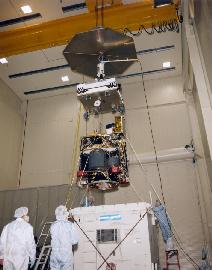This is an image of the Mars '98 spacecraft being prepared for launch.
Click on image for full size
NASA
An Overview of the Mars '98 mission
News story originally written on April 24, 1998
The countdown has started for the Mars '98 mission. Only 230 days until the launch of the Mars Orbiter! Here are the details!
The Mars '98 mission has been designed to be a study of Martian climate, weather, and surface properties at the Martian south pole. Mars '98 is to build upon the discoveries of the Mars Pathfinder and Mars Global Surveyor missions by digging into the Martian surface in search of water. The south pole of Mars is an important region because of the unusual terrain found there, and the possible importance of the region to the overall weather and climate of Mars.
Mars '98 consists of two spacecraft, one a lander dubbed the Martian Polar Lander, which will land on the surface of Mars and dig into the soil with a robot arm, and an orbiter, which will remain in orbit around Mars, dubbed the Martian Climate Orbiter.
The search for water, and the findings from that search will help answer questions about climate processes in general, and the Terrestrial and Martian climates in particular.
You might also be interested in:
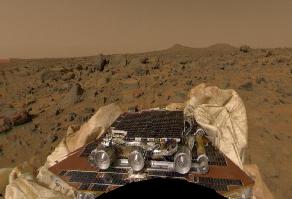
The Mars Pathfinder (MPF) mission was sent to investigate the geology of Mars. Its principal objective was to analyze the rocks and soil of Mars. The MPF consisted of 2 components, a lander and a mobile
...more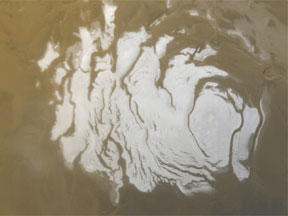
The Martian South Pole was first imaged by Mariner 7. The south polar region is part of the highlands of Mars, consisting of old, cratered terrain, and other interesting geologic features. The Mariner
...more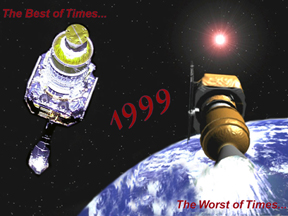
It was another exciting and frustrating year for the space science program. It seemed that every step forward led to one backwards. Either way, NASA led the way to a great century of discovery. Unfortunately,
...more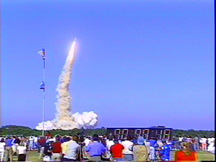
The Space Shuttle Discovery lifted off from Kennedy Space Center at 2:19 p.m. EST, October 29th. The sky was clear and the weather was great as Discovery took 8 1/2 minutes to reach orbit for the Unitied
...more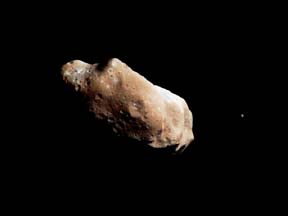
A moon was discovered orbiting the asteroid, Eugenia. This is only the second time in history that a satellite has been seen circling an asteroid. A special mirror allowed scientists to find the moon
...more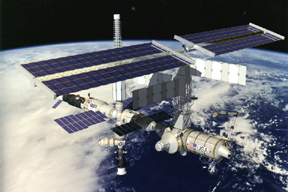
Will Russia ever put the service module for the International Space Station in space? NASA officials are demanding an answer from the Russian government. The necessary service module is currently waiting
...more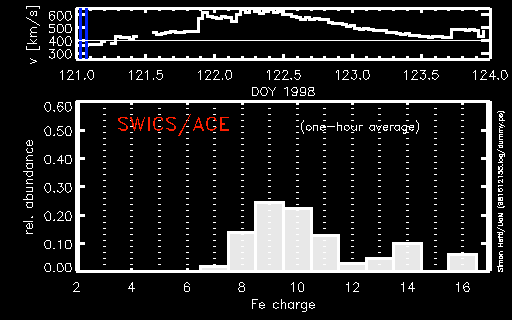
During a period of about two days in early May, 1998, the ACE spacecraft was immersed in plasma associated with a coronal mass ejection (CME). The SWICS instrument on ACE, which determines unambiguously
...more


